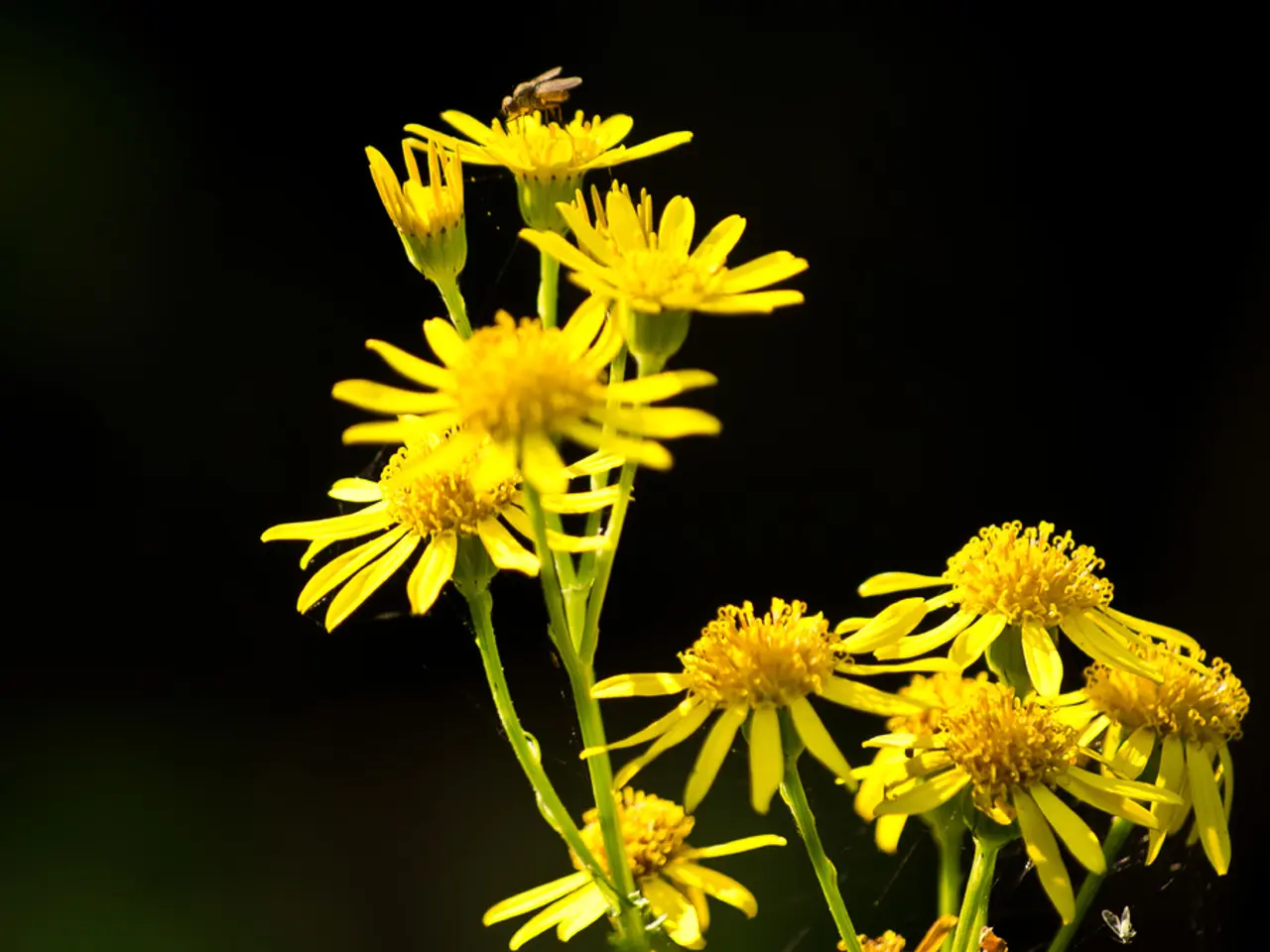Rare sighting of bearded cuckoo bumblebee reported in Berlin following a half-century absence
Rare Bee Species Make a Comeback in Berlin and Doberitzer Heide
The elusive bearded cuckoo bumblebee, a celebrity among entomologists, has made a remarkable return to urban areas like Berlin and natural sites such as Doberitzer Heide. This rare species, known as Bombus barbutellus, was rediscovered after a 50-year absence in the city, signalling a positive shift in the urban ecosystem.
The reappearance of the bearded cuckoo bumblebee in Berlin can be attributed to improved habitat availability, conservation efforts, and the presence of suitable forage plants. The species was found on wildflower plots in Marzahn-Hellersdorf, Neukölln, and Tempelhof-Schöneberg, areas that have seen increased awareness and conservation actions.
In Doberitzer Heide, a former military training ground turned nature reserve in Brandenburg, one of Germany's most densely bee-populated landscapes now thrives. With over 550 species counted so far, this region provides an ideal environment for rare species like the bearded cuckoo bumblebee. The presence of specific plants, such as alfalfa, is crucial for the survival of species like Anthophora aestivalis, a rare wild bee found in many German federal states.
The success of species conservation in urban areas like Berlin is possible with the creation and maintenance of suitable habitats over the long term. Manuel Hensen, head of the foundation's Wild Bee Team, emphasizes this point, stating that such conservation efforts can put biodiversity back on the map, as seen in Berlin's case.
The Deutsche Wildtier Stiftung, an organization dedicated to wildlife conservation, has been cultivating approximately 100 flowering areas since 2019. Their efforts have resulted in the discovery of 178 wild bee species, including the bearded cuckoo bumblebee and eight other previously undocumented wild bee species on their urban meadows.
The Sielmann Foundation also announced the discovery of 12 rare bee and wasp species in Doberitzer Heide. These findings demonstrate the benefits and enormous ecological value of structurally rich, near-natural flowering areas.
In summary, habitat restoration and conservation, diverse floral resources, and reduction in environmental pressures are key factors enabling rare bee species to re-establish in both urban ecosystems like Berlin and nearby natural reserves such as Doberitzer Heide. These factors, when combined, foster conditions that support the survival and thriving of these sensitive species, bringing new life to urban and natural landscapes alike.
- The re-emergence of the bearded cuckoo bumblebee in Berlin's urban ecosystem underscores the importance of environmental-science practices, such as restoring habitats and promoting native flora, for the health-and-wellness of endangered species.
- The presence of the rare bearded cuckoo bumblebee in Doberitzer Heide, one of Germany's most bee-populated landscapes, highlights the significance of environmental-science research in understanding and conserving the delicate balance between rare species and their natural environments.




